
Introduction
For Non-Resident Indians (NRIs), financial management is more of a balancing act between income in India and liabilities overseas. Most NRIs have multiple accounts as per Reserve Bank of India rules to organize their income, savings, and investments. Out of these, NRE NRO accounts are the pillars of their financial planning. But most NRIs are confused about the tax regulations applicable while making a decision for moving funds from NRO to NRE account. This article offers a complete, step-by-step breakdown of the taxation features, eligibility criteria, compliance details, and real-life situations to enable NRIs to take well-informed decisions.
Understanding NRI Accounts in India
To take a proper start, it is important to have a clear understanding of the use of various NRI NRE NRO accounts. The NRE Account is kept in INR but invested in foreign currency. The principal and interest are fully repatriable. Interest accruing is tax-free in India. It is admissible for handling foreign earnings. The NRO Account (Non-Resident Ordinary Account) is utilized for income generated in India like rent, dividends, pensions, or profits on business. Interest generated is tax-deductible in India. Withdrawal of money is permitted but with conditions and restrictions. The FCNR Account (Foreign Currency Non-Resident Account) is maintained in specific foreign currencies. Interest is exempt from tax in India. It is most suitable for such NRIs who do not wish to face risk related to foreign exchange. For regular personal financial planning, NRIs typically maintain a mix of these accounts. The problem arises when money accumulates in NRO accounts and the NRI wants to shift it to an NRE account.
Why Do NRIs Shift Money from NRO to NRE?
There are a number of practical reasons for moving funds from NRO to NRE account. Mobility of funds worldwide is possible as NRE accounts permit free repatriation overseas. Simplification occurs because coming together in an NRE account minimizes paperwork for foreign investments. Estate planning is another reason as most NRIs prefer to keep international savings in one repatriable account. But this ease has compliance obligations, especially to see that Indian taxes are paid prior to transfer.
Taxation Differences Between NRE and NRO Accounts
The taxability of NRI NRE NRO accounts is the reason for needing to shift balances. NRO Accounts: Interest is taxed at the rate of 30% plus surcharge and cess, and TDS is deducted by banks before giving credit to the account. NRE Accounts: Interest is not included in the income tax, wealth tax, or gift tax in India (provided the account holder is an NRI). Therefore, moving funds from NRO to NRE accounts makes future growth tax-exempt in India. But this does not happen automatically; tax compliance on the underlying income is a must.
Tax Consequences of Shifting Funds
Only the transaction of transferring funds from NRE to NRO account does not subject it to taxable. Rather, the important tax consequence is that post-tax income alone can be shifted. A Chartered Accountant has to certify that tax has been paid, and the bank will make transfers only upon receipt of regulatory forms. This ensures the Indian government gets due taxation before money is freely repatriable.
Compliance Framework: Forms and Certificates
Indian banks are subject to stringent FEMA and Income Tax regulations. The following compliance is necessary for transfers: Form 15CB (CA Certificate) is signed by a Chartered Accountant, verifies that applicable income tax on the funds has been paid, and verifies nature and source of income. Form 15CA (Income Tax Department) is submitted online prior to remittance, gives information on transfer, and serves as self-certification of tax compliances. The bank will only allow the NRO-NRE transfer once these are submitted.
Repatriation Rules and Limits
Reserve Bank of India has permitted fund transfer subject to fulfilment of certain conditions. Up to USD 1 million in a financial year (including all NRO repatriations) can be transferred. Funds should be genuine, documented, and tax-paid. The transfer can include income, sale proceeds of property, or balances in NRO deposits. Once funds are being transferred to NRE account, they are easily repatriable without further restrictions.
Practical Case Study
Consider an NRI named Madhavi, who has an income from properties being let out in India. Gross rent is ₹12 lakhs per year, and the tenant deducts 30% TDS, net credited to NRO = ₹8.4 lakhs. Ankit wishes to use this abroad. He follows the process. His CA certifies the income in Form 15CB. He submits Form 15CA on the portal. ₹8.4 lakhs are transferred from NRO to NRE by the bank. In this case, transferring money from NRO to NRE account did not bring in new tax. The burden was already paid through TDS.
Impact of DTAA (Double Taxation Avoidance Agreement)
NRIs are anxious about double taxation. As income in NRO is taxed in India, what does it get abroad? India has a DTAA with most countries. NRIs can claim tax credit in country where their residency is being established for taxes already paid in India. Maintaining the records in the form of TDS certificate as well as a CA certification is crucial. This makes it easier for NRIs to manage NRI NRE NRO accounts without being unfairly taxed twice.
Step-by-Step Guide for NRIs
For those considering a transfer, here’s a practical checklist. Check the funds which are eligible for transfer in NRO Account. Confirm that income tax on these amounts has been paid or deducted. Visit a Chartered Accountant for Form 15CB. Prepare and submit the Form 15CA on the Income Tax website. Submit the two forms to the bank. The bank carries out the remittance. This makes repatriation smooth and compliant.
Common Mistakes to Watch Out For
When dealing with NRI NRE NRO accounts, NRIs need to be careful of common mistakes such as assuming NRO balances can be remitted without tax clearance, failure to deduct TDS on rent income prior to remittance, overlooking the USD 1 million yearly limit, failure to maintain proof of taxes paid for DTAA refund abroad, and assuming that once funds are in NRE, previous tax payment doesn’t matter (banks verify prior to approving remittances). Steering clear of such errors saves time and notices from the tax department.
FAQs on NRO to NRE Transfers
Some frequently asked questions include: Is there extra tax when remitting from NRO to NRE? No, provided taxes have already been paid, the transfer itself is not taxable. Can I transfer sale proceeds of property? Yes, subject to the USD 1 million ceiling and tax payment on capital gains. Do I require RBI permission for transfers? No special permission is required, as banks arrange this under FEMA guidelines. Can I invest NRE funds abroad? Yes, NRE balances are fully repatriable without limit. If tax is not paid? The transfer will be suspended until the NRI pays tax and gets certification.
More Comprehensive Financial Planning for NRIs
NRI NRE NRO account management is more than compliance. It is also about effective planning of wealth. Some of the plans include optimizing NRE deposits as they are tax-free in India and give higher returns after deducting tax, reducing idle NRO balances by sending money post-tax to NRE for flexibility, record keeping by retaining copies of 15CA/CB, TDS certificates, and bank advice, and pursuing professional advice as tax as well as FEMA rules change regularly. Through advance planning, NRIs can minimize compliance pressure and optimize their money abroad.
Conclusion
The structure of NRI NRE NRO accounts is to allow NRIs to handle income in India while being tax compliant. The funds kept in NRE accounts are not liable to tax and can be repatriable easily, however NRO accounts are taxed. The twist is that funds can be built up by moving funds from NRO to NRE account if they are tax-paid and stamped. To be precise, the transfer is not taxable, however the income underlying has to be taxable. By taking the proper measures, reporting the required forms, and availing DTAA benefits, NRIs can have unhindered global access to their funds with ease.
Recent Posts
-
 Closure of a company in India...
Dec 12,2025
Closure of a company in India...
Dec 12,2025
-
 Importance of Black Money Act 2015...
Dec 11,2025
Importance of Black Money Act 2015...
Dec 11,2025
-
 What are undisclosed assets and income under Black...
Dec 08,2025
What are undisclosed assets and income under Black...
Dec 08,2025
-
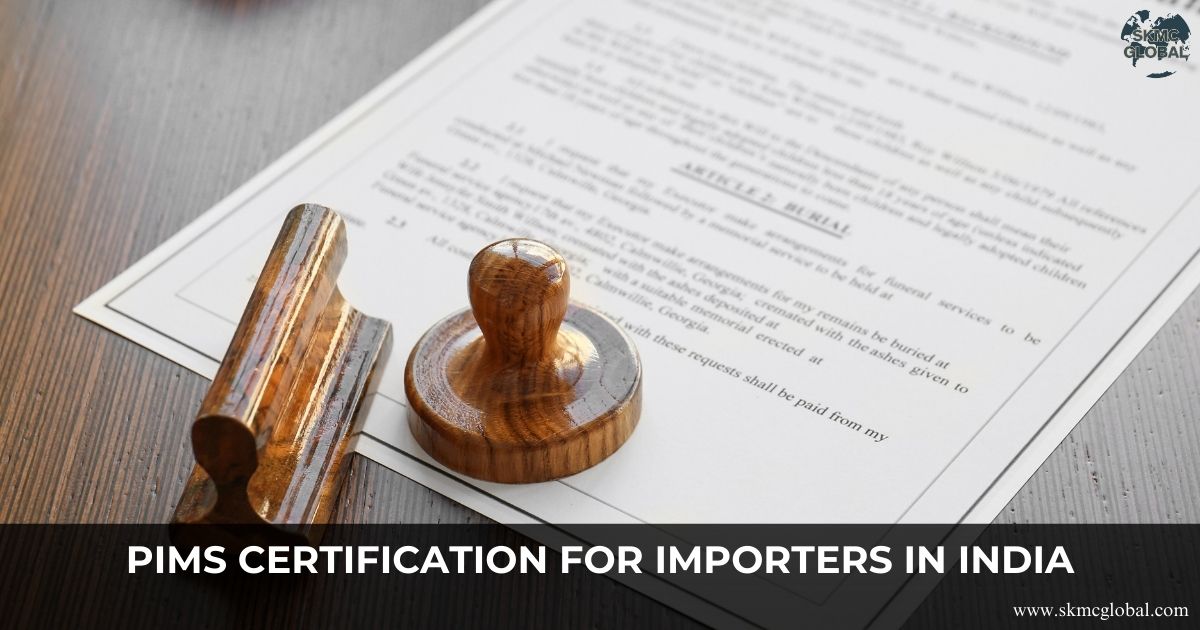 Importance of PIMS certification for Importers in ...
Dec 06,2025
Importance of PIMS certification for Importers in ...
Dec 06,2025
-
 Incorporation of Company in UAE...
Dec 03,2025
Incorporation of Company in UAE...
Dec 03,2025
-
 Legal Entity Identifier LEI - Purpose and Applicab...
Dec 01,2025
Legal Entity Identifier LEI - Purpose and Applicab...
Dec 01,2025
-
 Implementation of New Labour Codes 2025...
Nov 29,2025
Implementation of New Labour Codes 2025...
Nov 29,2025
-
 A Step-by-Step Guide to a Smooth Payroll Outsourci...
Nov 28,2025
A Step-by-Step Guide to a Smooth Payroll Outsourci...
Nov 28,2025
-
 PESO Certification in India...
Nov 26,2025
PESO Certification in India...
Nov 26,2025
-
 Family Trusts for NRIs- Managing Indian Assets fro...
Nov 24,2025
Family Trusts for NRIs- Managing Indian Assets fro...
Nov 24,2025
-
 Decoding Disclosures: Section 184 of Companies Act...
Nov 21,2025
Decoding Disclosures: Section 184 of Companies Act...
Nov 21,2025
-
 All you want to know about Recycling business in I...
Nov 20,2025
All you want to know about Recycling business in I...
Nov 20,2025
-
 What is Seed Fund Scheme and its relevance for Sta...
Nov 19,2025
What is Seed Fund Scheme and its relevance for Sta...
Nov 19,2025
-
 Incorporation of Company in Singapore...
Nov 18,2025
Incorporation of Company in Singapore...
Nov 18,2025
-
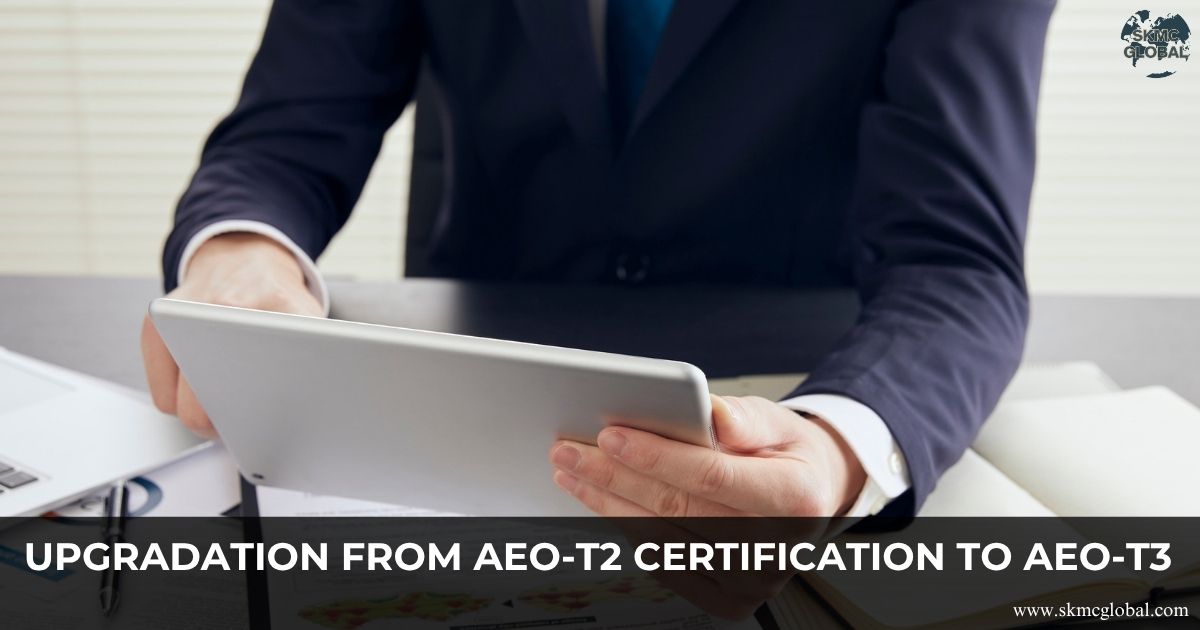 How to upgrade your AEO T2 certification to AEO T3...
Nov 15,2025
How to upgrade your AEO T2 certification to AEO T3...
Nov 15,2025
-
 What is the relevance of APEDA Registration and it...
Nov 14,2025
What is the relevance of APEDA Registration and it...
Nov 14,2025
-
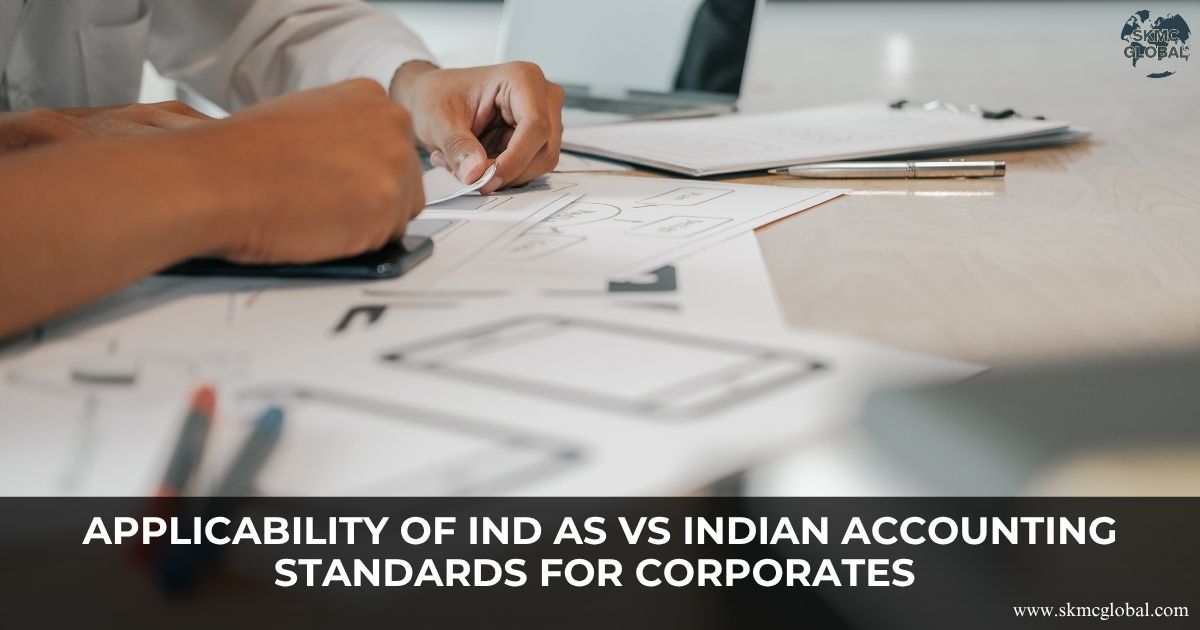 Applicability of Indian Accounting Standards for c...
Nov 11,2025
Applicability of Indian Accounting Standards for c...
Nov 11,2025
-
 Public vs. Private Trust: key Differences in Regis...
Oct 28,2025
Public vs. Private Trust: key Differences in Regis...
Oct 28,2025
-
 Donation and Foreign Contributions to Trusts in In...
Oct 23,2025
Donation and Foreign Contributions to Trusts in In...
Oct 23,2025
-
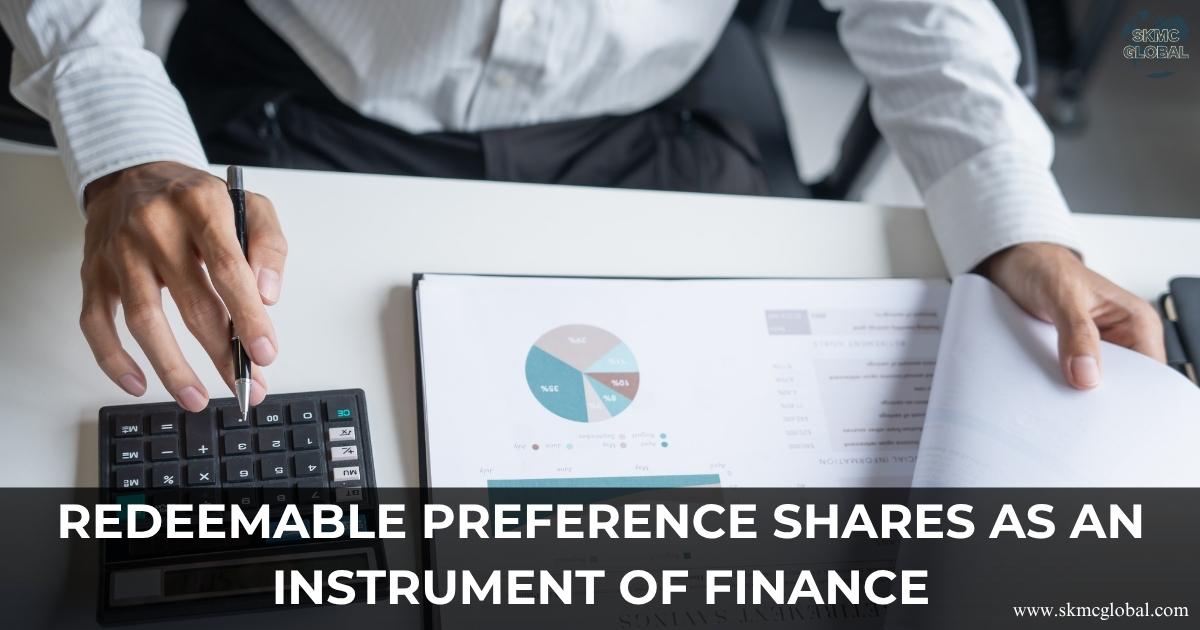 Redeemable Preference Shares as a Financial Tool...
Oct 22,2025
Redeemable Preference Shares as a Financial Tool...
Oct 22,2025
-
 STPI Unit and Non-STPI Unit...
Oct 16,2025
STPI Unit and Non-STPI Unit...
Oct 16,2025
-
 Country-by-Country Reporting (CbCR) and Its Evolvi...
Oct 09,2025
Country-by-Country Reporting (CbCR) and Its Evolvi...
Oct 09,2025
-
 What is Free Trade Agreement and Certificate of Or...
Oct 08,2025
What is Free Trade Agreement and Certificate of Or...
Oct 08,2025
-
 What is the relevance of status holders certificat...
Oct 06,2025
What is the relevance of status holders certificat...
Oct 06,2025
-
 Redemption of Advance Authorization under Foreign ...
Oct 04,2025
Redemption of Advance Authorization under Foreign ...
Oct 04,2025
-
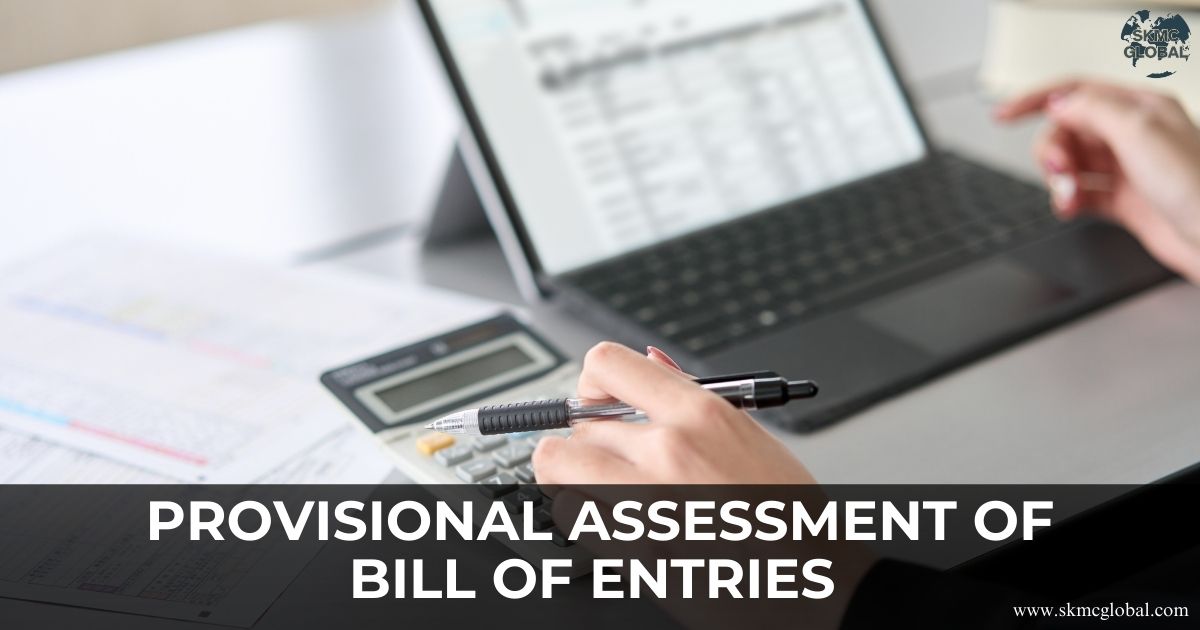 What is provisional assessment of Bill of Entries ...
Sep 29,2025
What is provisional assessment of Bill of Entries ...
Sep 29,2025
-
 Redemption of EPCG License...
Sep 26,2025
Redemption of EPCG License...
Sep 26,2025
-
 MOOWR (Manufacturing and Other Operations in Wareh...
Sep 24,2025
MOOWR (Manufacturing and Other Operations in Wareh...
Sep 24,2025
-
 Procedure to Apply SCOMET License...
Sep 22,2025
Procedure to Apply SCOMET License...
Sep 22,2025
-
 Landscape of Semiconductor Industry while Doing Bu...
Sep 18,2025
Landscape of Semiconductor Industry while Doing Bu...
Sep 18,2025
-
 The Hidden Costs of In-House Accounting v/s Outsou...
Sep 17,2025
The Hidden Costs of In-House Accounting v/s Outsou...
Sep 17,2025
-
 TDS on sale of immovable property by an nri...
Sep 10,2025
TDS on sale of immovable property by an nri...
Sep 10,2025
-
 Setting up a Project Office in India...
Sep 08,2025
Setting up a Project Office in India...
Sep 08,2025
-
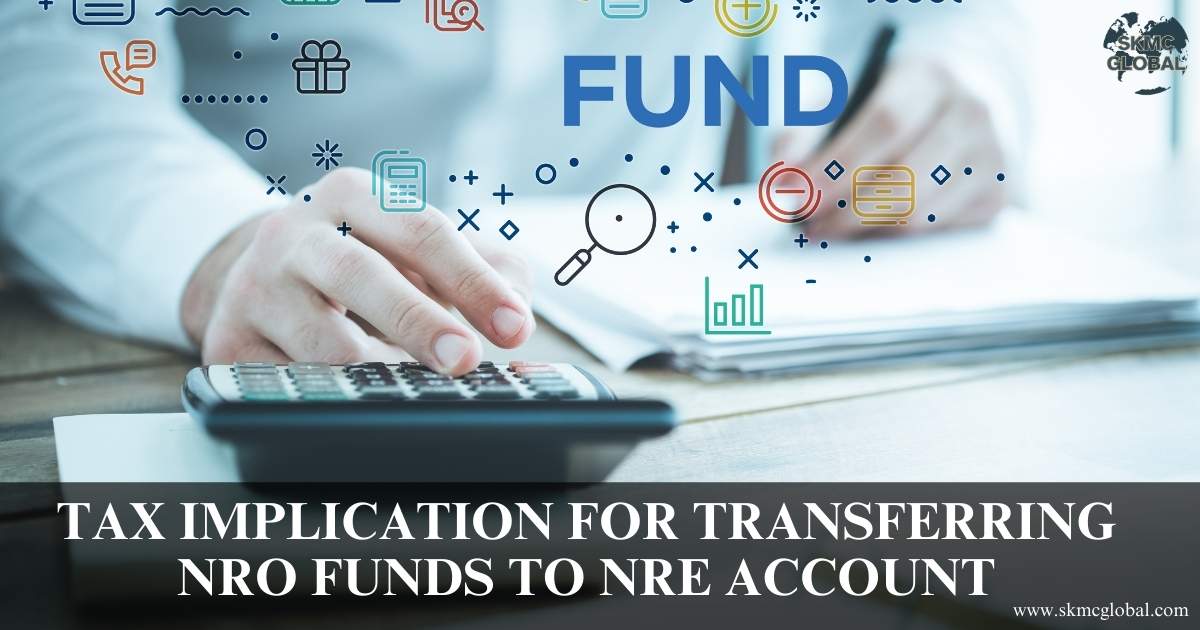 Tax Implication for Transferring NRO Funds to NRE ...
Sep 05,2025
Tax Implication for Transferring NRO Funds to NRE ...
Sep 05,2025
-
 How outsourcing CFO services helps the corporates ...
Aug 27,2025
How outsourcing CFO services helps the corporates ...
Aug 27,2025
-
 Why a Periodical Cash Flow Statement is Necessary ...
Aug 26,2025
Why a Periodical Cash Flow Statement is Necessary ...
Aug 26,2025
-
 What is FATCA and CRS reporting and its difference...
Aug 22,2025
What is FATCA and CRS reporting and its difference...
Aug 22,2025
-
 What are unclaimed TDS Credits and how to claim it...
Aug 21,2025
What are unclaimed TDS Credits and how to claim it...
Aug 21,2025
-
 Digital Taxation is reshaping Tax Nexus Between Ju...
Aug 20,2025
Digital Taxation is reshaping Tax Nexus Between Ju...
Aug 20,2025
-
 Procedure to Take PF Registration and Its Complian...
Aug 18,2025
Procedure to Take PF Registration and Its Complian...
Aug 18,2025
-
 Procedure to take PSARA License...
Aug 11,2025
Procedure to take PSARA License...
Aug 11,2025
-
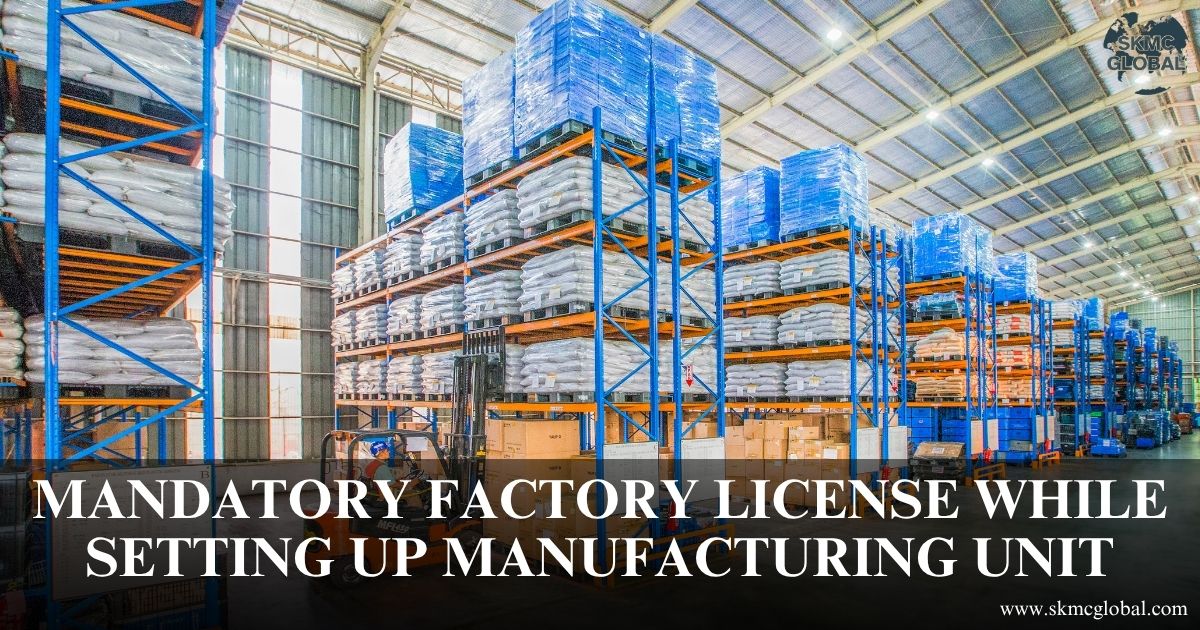 Mandatory factory license while setting up manufac...
Aug 08,2025
Mandatory factory license while setting up manufac...
Aug 08,2025
-
 Procedure for obtaining NBFC Registration in India...
Aug 04,2025
Procedure for obtaining NBFC Registration in India...
Aug 04,2025
-
 FSSAI License registration for Food Business...
Jul 14,2025
FSSAI License registration for Food Business...
Jul 14,2025
-
 How Management Information System (MIS) reporting ...
Jul 11,2025
How Management Information System (MIS) reporting ...
Jul 11,2025
-
 IFRS 9 impairment- A complete guide...
Jul 12,2025
IFRS 9 impairment- A complete guide...
Jul 12,2025
-
 Why most of the companies are shifting to hr and p...
Jul 10,2025
Why most of the companies are shifting to hr and p...
Jul 10,2025
-
 A complete guide on valuation of shares...
Jul 10,2025
A complete guide on valuation of shares...
Jul 10,2025
-
 BIS registration for foreign manufacturer...
Jul 09,2025
BIS registration for foreign manufacturer...
Jul 09,2025
-
 Understanding the Scope of the Shops and Establish...
Jul 08,2025
Understanding the Scope of the Shops and Establish...
Jul 08,2025
-
 Coso framework: Complete guide on internal control...
Jun 26,2025
Coso framework: Complete guide on internal control...
Jun 26,2025
-
 Components and Process for Conducting Internal Aud...
Jun 25,2025
Components and Process for Conducting Internal Aud...
Jun 25,2025
-
 What is ICFR and Why It is Important for Businesse...
Jun 24,2025
What is ICFR and Why It is Important for Businesse...
Jun 24,2025
-
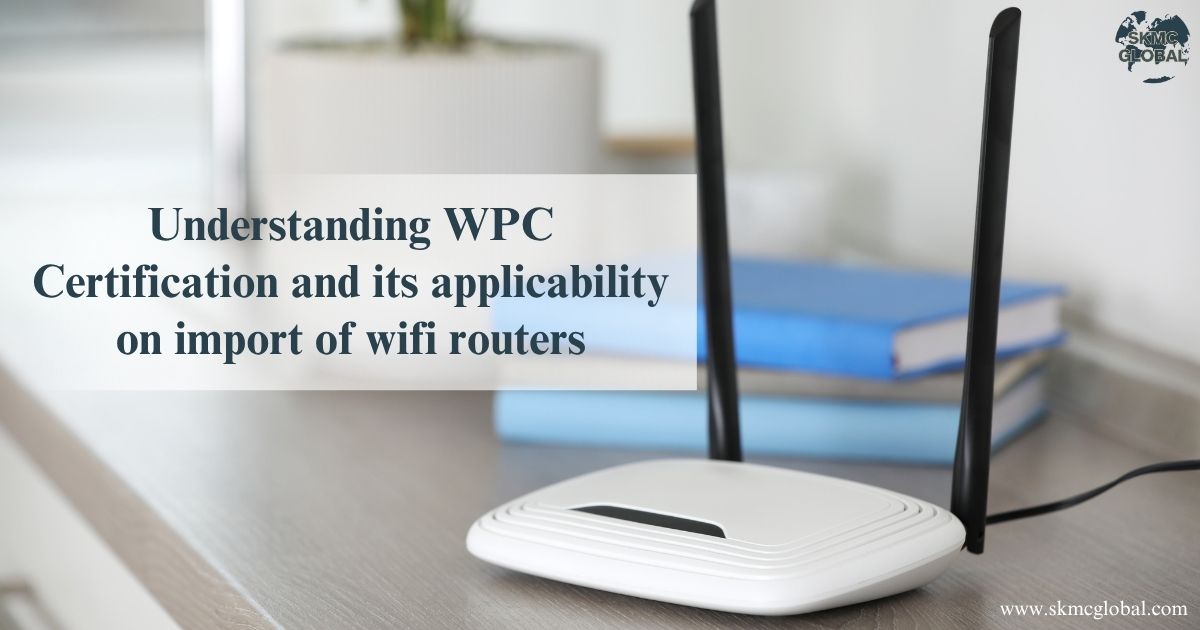 Understanding WPC Certification and its applicabil...
Jun 23,2025
Understanding WPC Certification and its applicabil...
Jun 23,2025
-
 Procedure to take EPR registration for battery was...
Jun 21,2025
Procedure to take EPR registration for battery was...
Jun 21,2025
-
 3PL Logistics...
Jun 19,2025
3PL Logistics...
Jun 19,2025
-
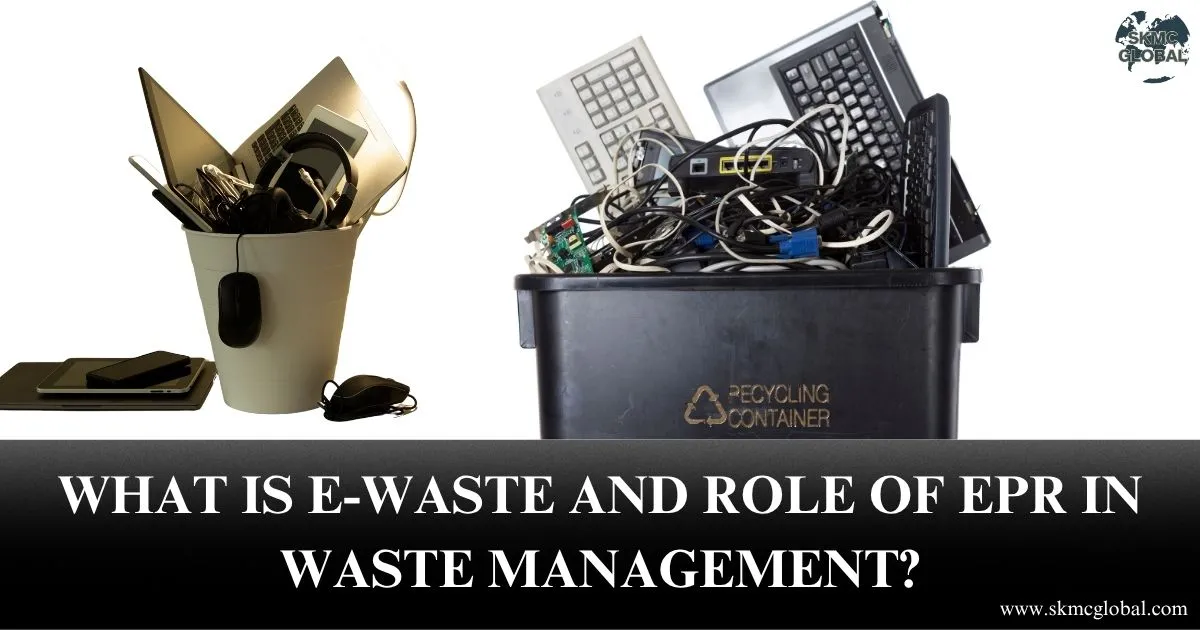 What is E-Waste and role of EPR in Waste Managemen...
Jun 17,2025
What is E-Waste and role of EPR in Waste Managemen...
Jun 17,2025
-
 M&A Due Diligence in India: How to Spot Target Com...
Jun 16,2025
M&A Due Diligence in India: How to Spot Target Com...
Jun 16,2025
-
 BIS crs certification for electronic products...
Jun 12,2025
BIS crs certification for electronic products...
Jun 12,2025
-
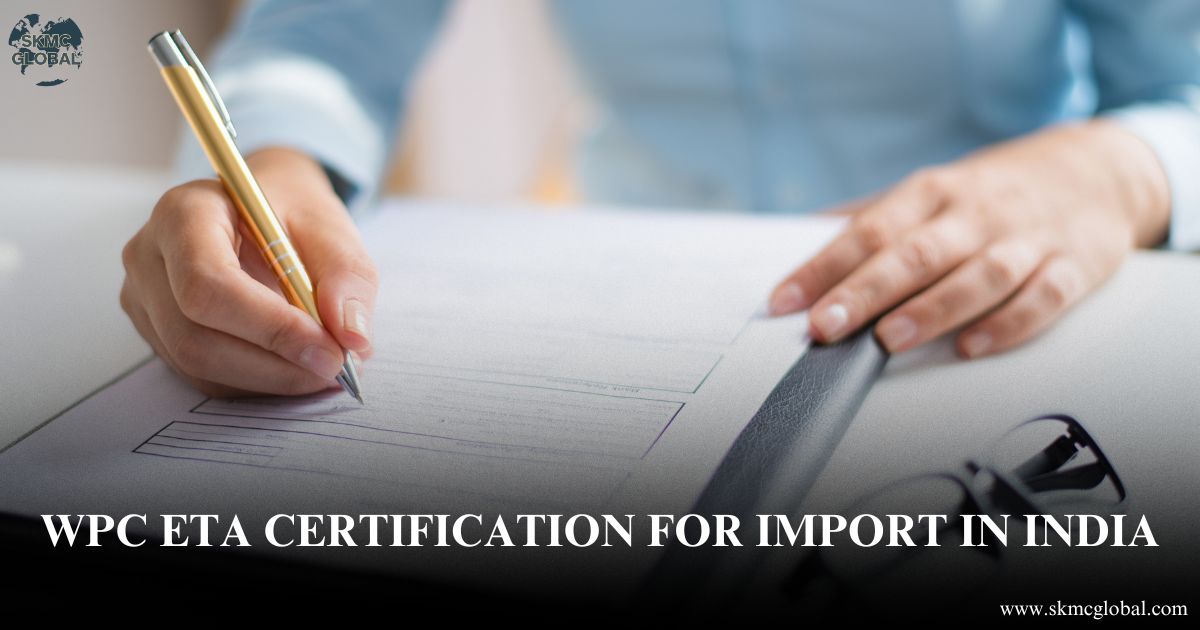 All you need to know about WPC ETA certification f...
Jun 11,2025
All you need to know about WPC ETA certification f...
Jun 11,2025
-
 What is CDSCO Registration under The Drugs & Cosme...
Jun 10,2025
What is CDSCO Registration under The Drugs & Cosme...
Jun 10,2025
-
 Procedure to Take CDSCO Registration in India: A C...
Jun 09,2025
Procedure to Take CDSCO Registration in India: A C...
Jun 09,2025
-
 All You Need to Know About AERB Registration...
Jun 07,2025
All You Need to Know About AERB Registration...
Jun 07,2025
-
 Understanding POSH (Prevention of Sexual Harassmen...
Jun 03,2025
Understanding POSH (Prevention of Sexual Harassmen...
Jun 03,2025
-
 Chartered Accountant's role in financial managemen...
May 23,2025
Chartered Accountant's role in financial managemen...
May 23,2025
-
 5 Things to keep in mind while running your payrol...
May 17,2025
5 Things to keep in mind while running your payrol...
May 17,2025
-
 Why BIS Certification is Crucial for Importers and...
May 15,2025
Why BIS Certification is Crucial for Importers and...
May 15,2025
-
 Top 7 Reasons Indian Entrepreneurs Are Switching t...
May 07,2025
Top 7 Reasons Indian Entrepreneurs Are Switching t...
May 07,2025
-
 Incorporation of Company in Japan...
Apr 24,2025
Incorporation of Company in Japan...
Apr 24,2025
-
 How to set up a Representative Office in Singapore...
Apr 14,2025
How to set up a Representative Office in Singapore...
Apr 14,2025
-
 BIS certificate for medical equipments...
Apr 09,2025
BIS certificate for medical equipments...
Apr 09,2025
-
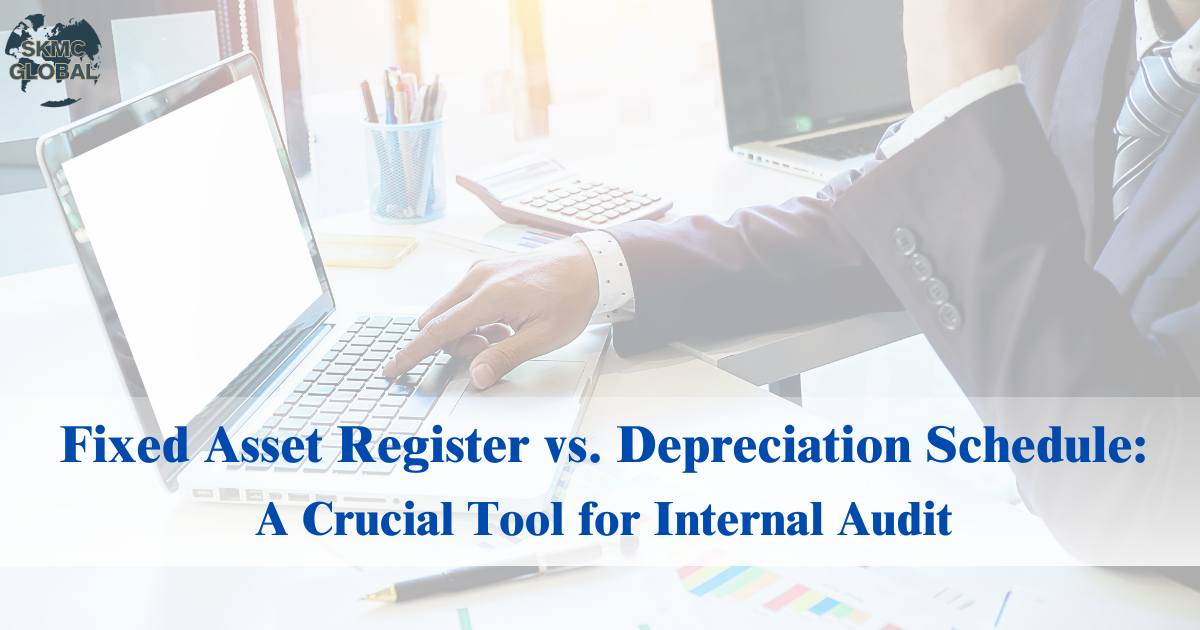 Fixed Asset Register v/s Depreciation Schedule: A ...
Apr 02,2025
Fixed Asset Register v/s Depreciation Schedule: A ...
Apr 02,2025
-
 Role of AI in Accounting...
Mar 26,2025
Role of AI in Accounting...
Mar 26,2025
-
 Capital Structure & its Impact on Profitability...
Feb 21,2025
Capital Structure & its Impact on Profitability...
Feb 21,2025
-
 Union Budget 2025...
Feb 01,2025
Union Budget 2025...
Feb 01,2025
-
 What is EPR in Plastic waste Management? ...
Jul 12,2022
What is EPR in Plastic waste Management? ...
Jul 12,2022
-
 Lithium-ion Battery Recycling Plant Setup in India...
May 10,2022
Lithium-ion Battery Recycling Plant Setup in India...
May 10,2022
-
 Setting up E-waste Recycling Plant Setup...
Jan 12,2022
Setting up E-waste Recycling Plant Setup...
Jan 12,2022
-
 Applicability of Labour Laws in India...
Jul 15,2021
Applicability of Labour Laws in India...
Jul 15,2021
-
 Basis to Outsource Finance and Accounting Services...
Oct 31,2021
Basis to Outsource Finance and Accounting Services...
Oct 31,2021
